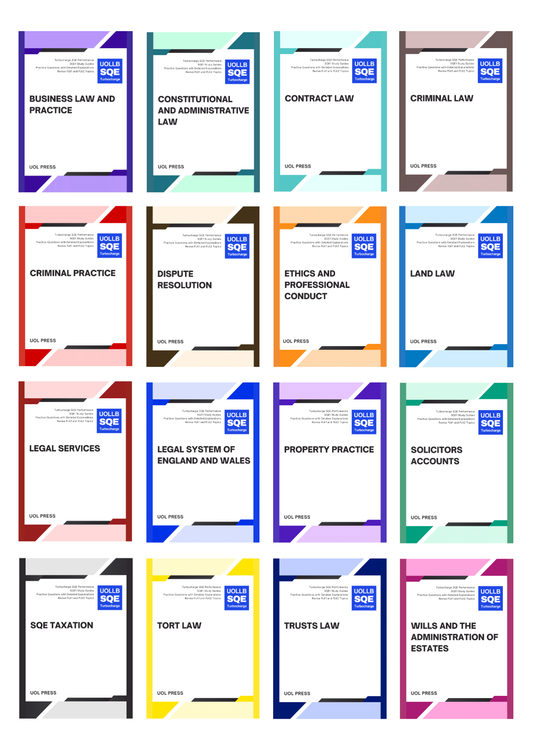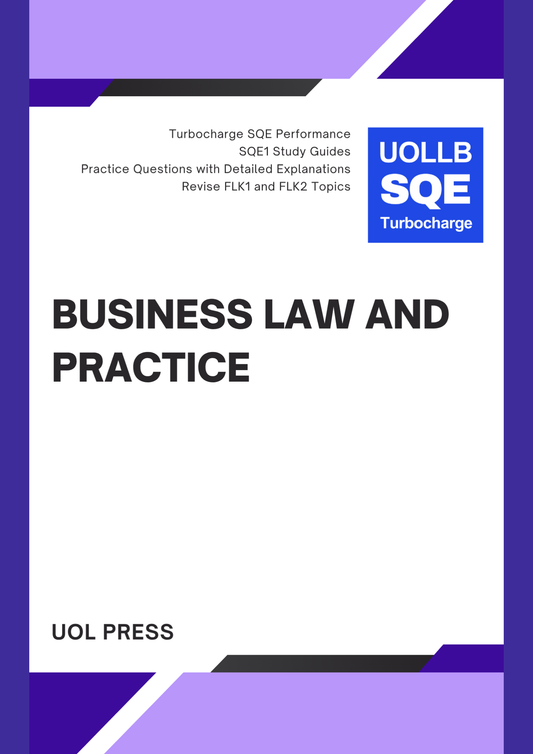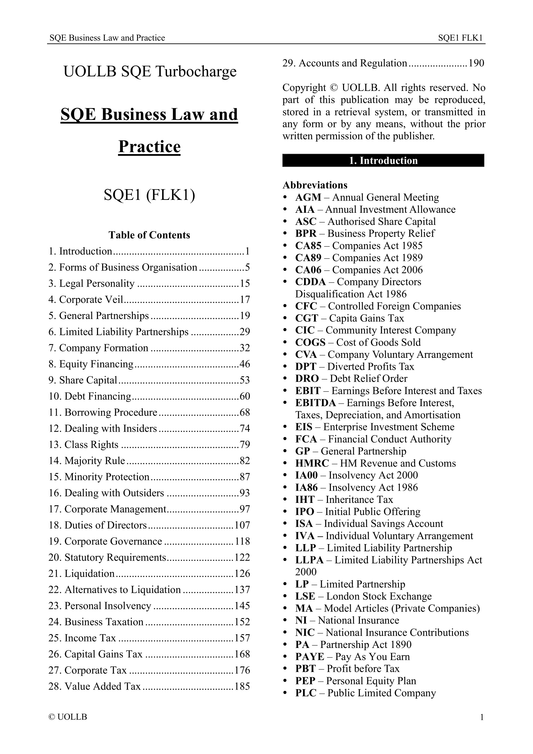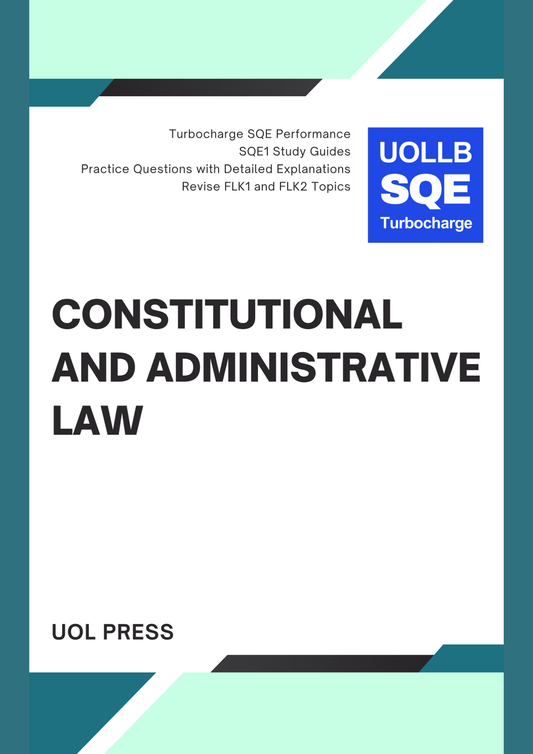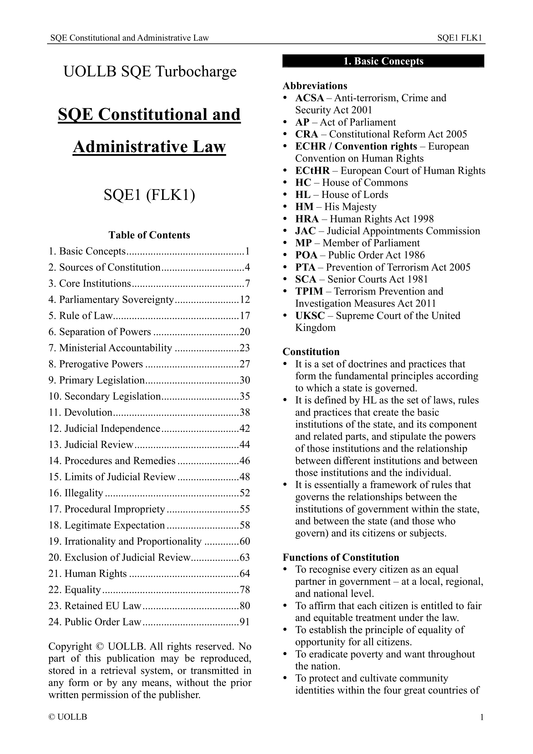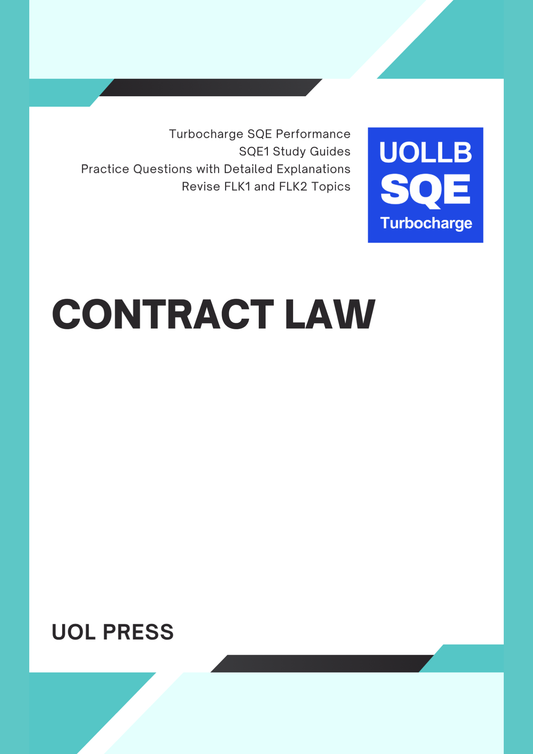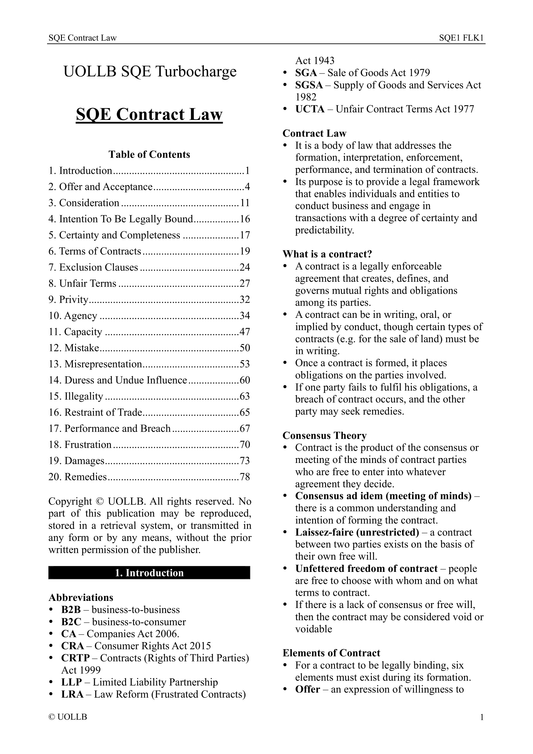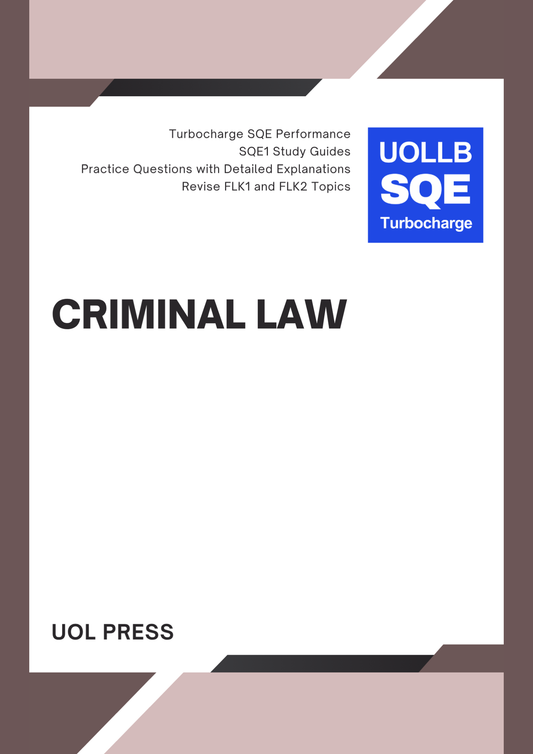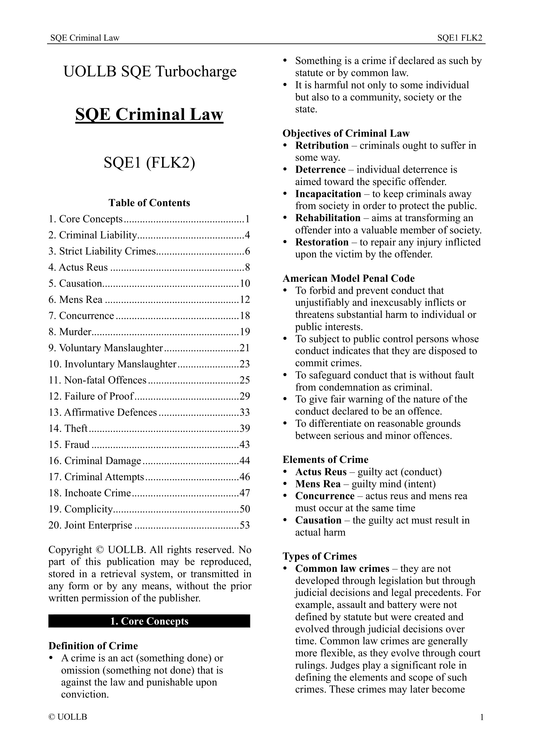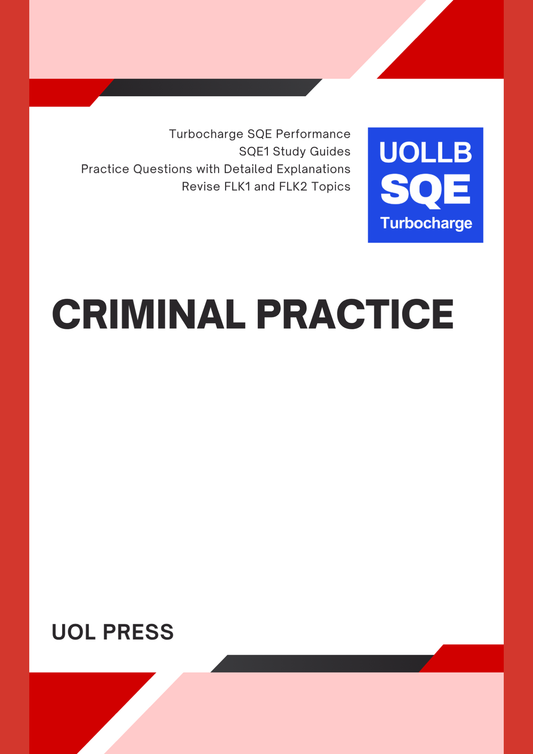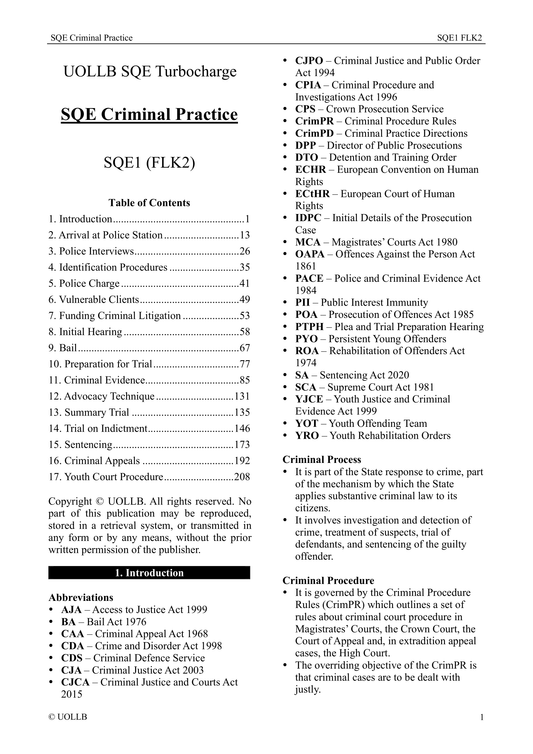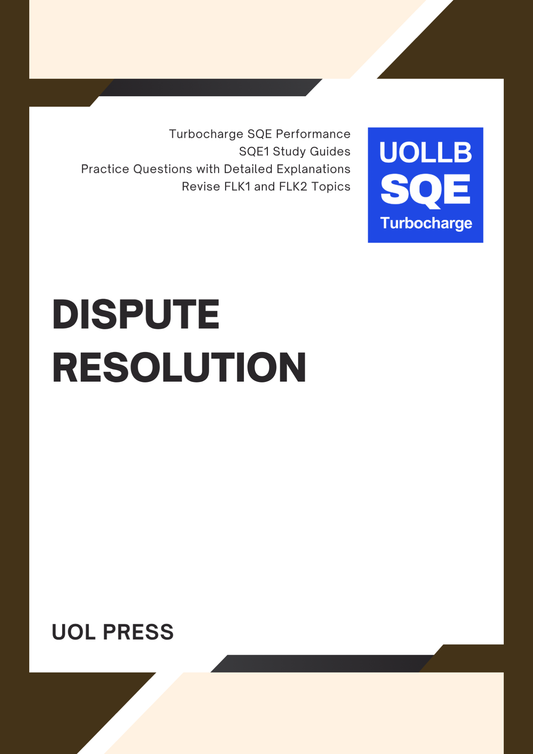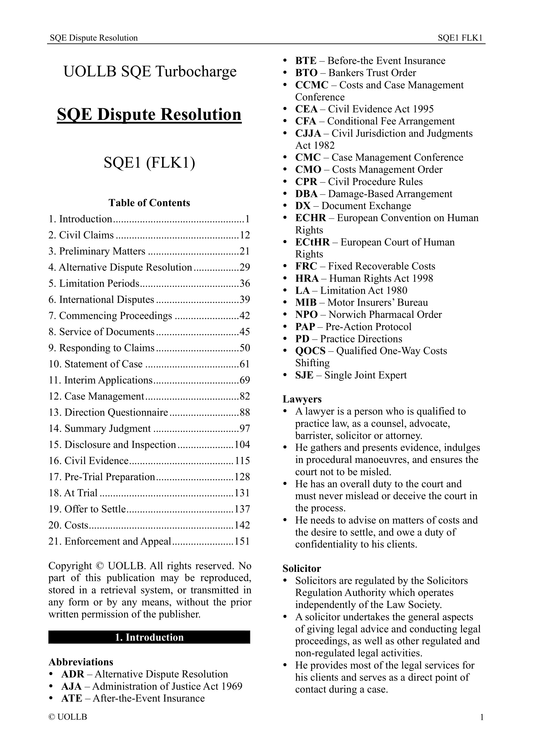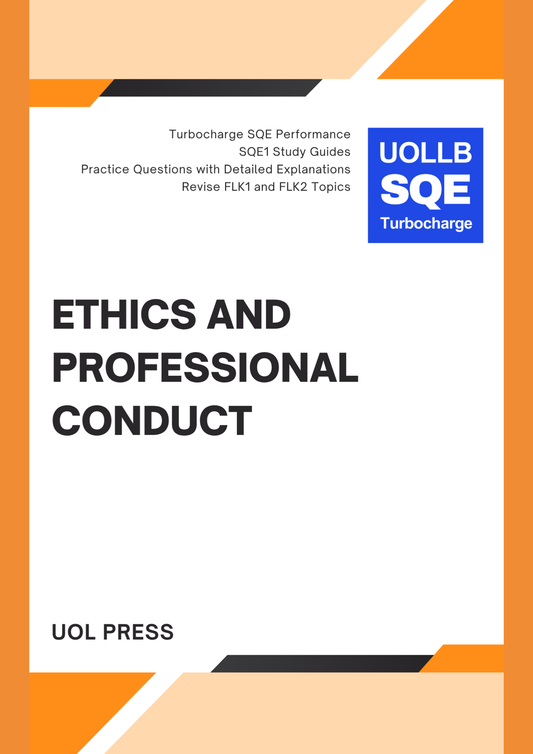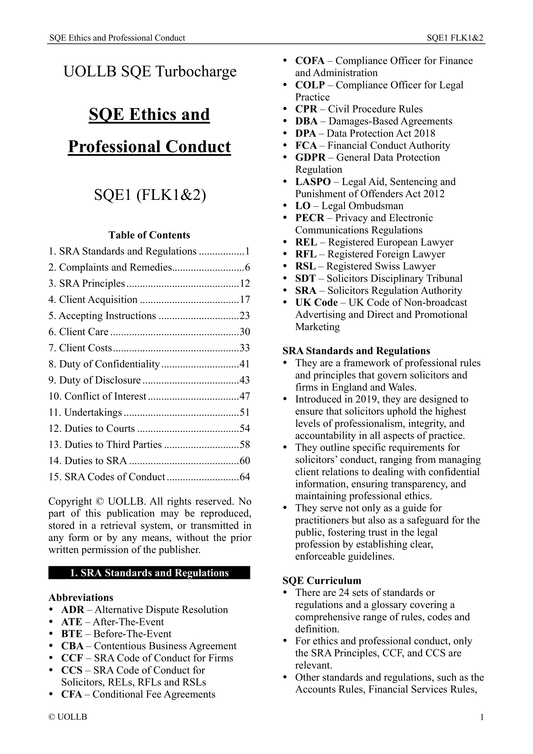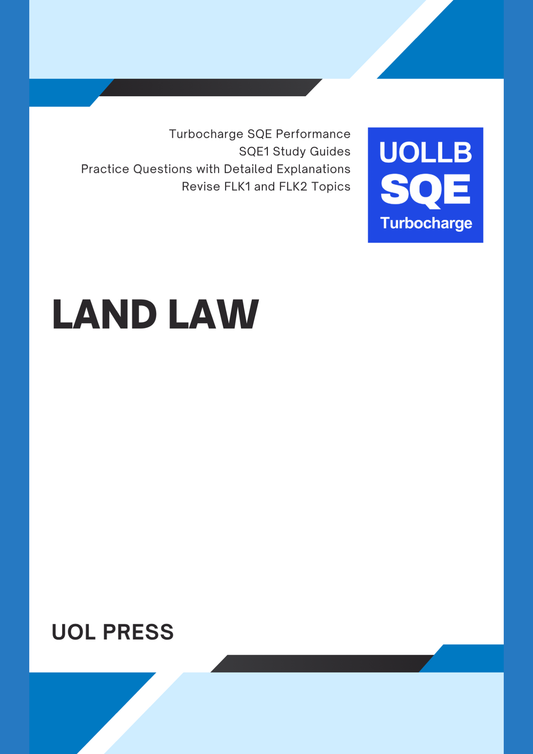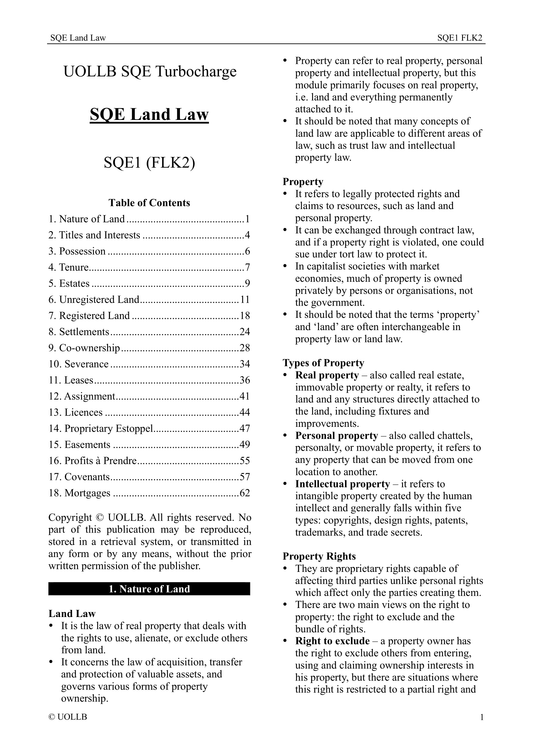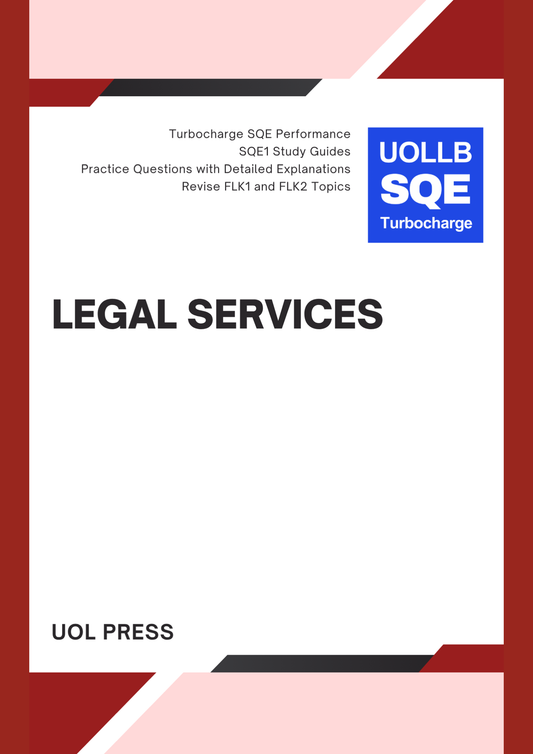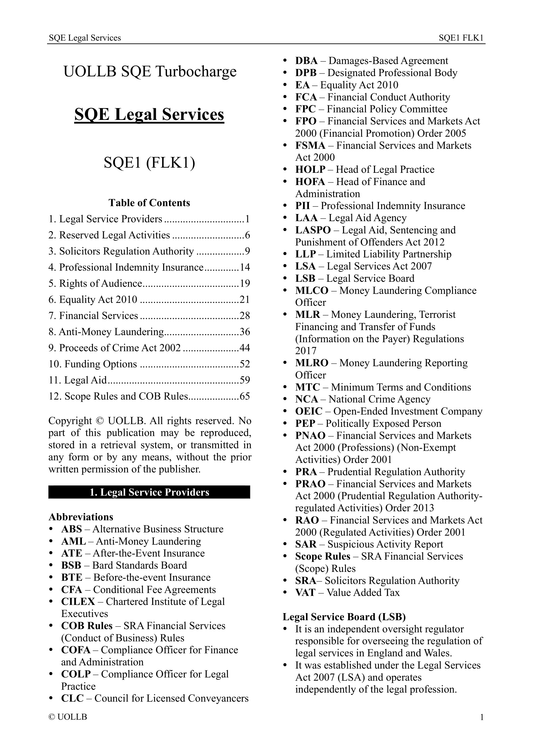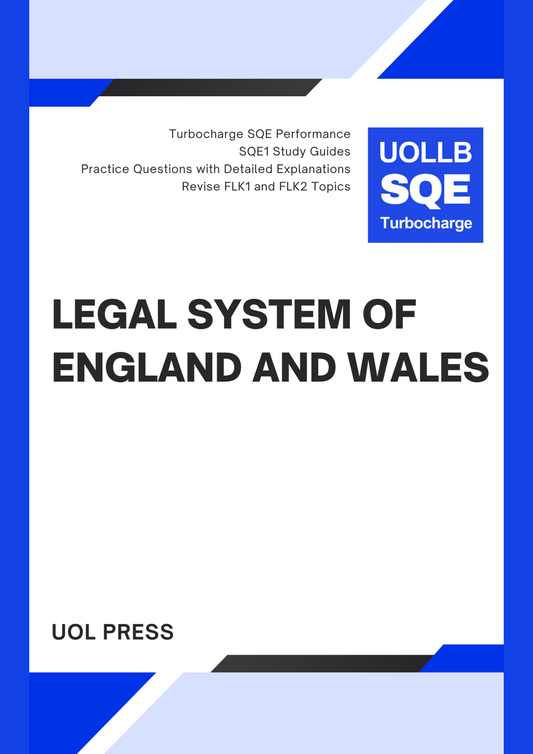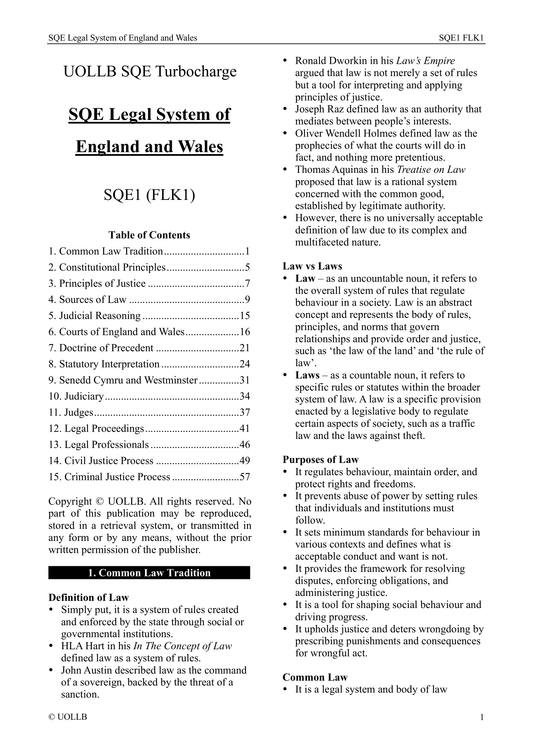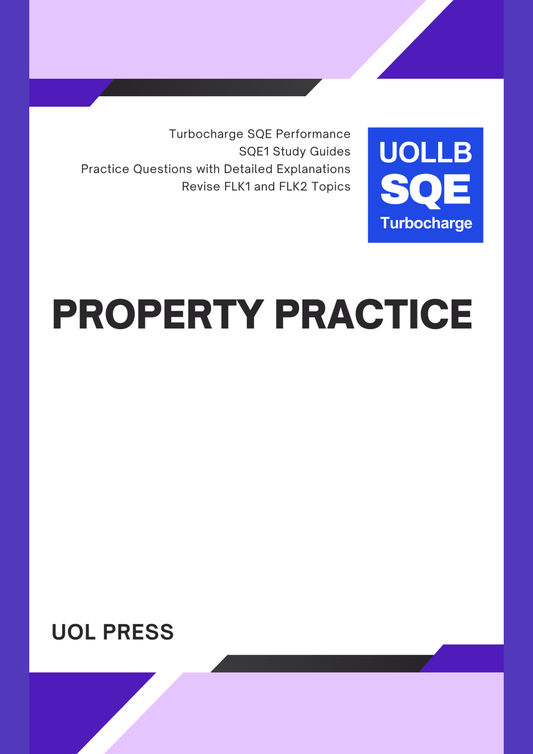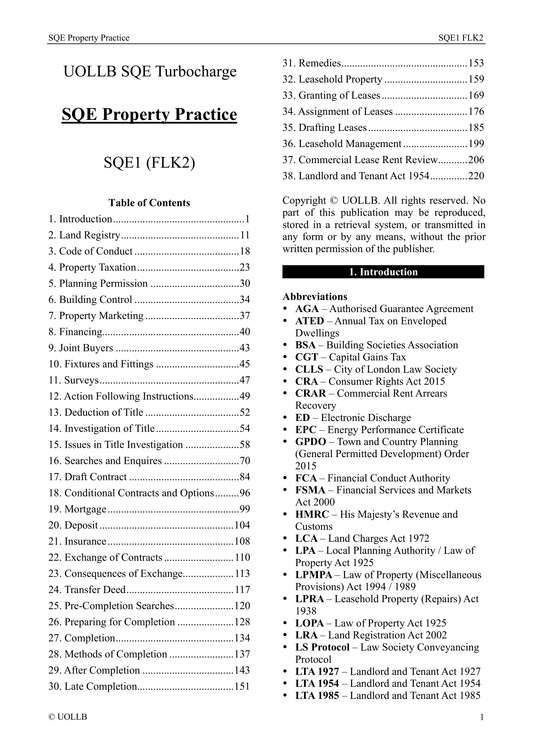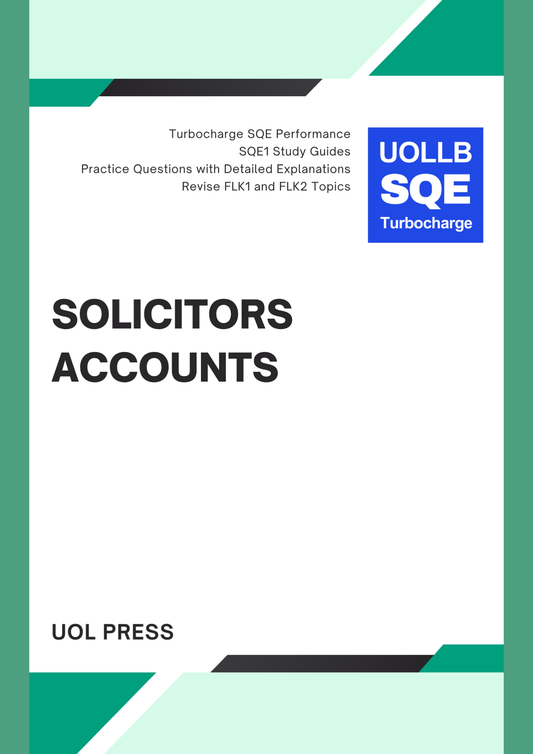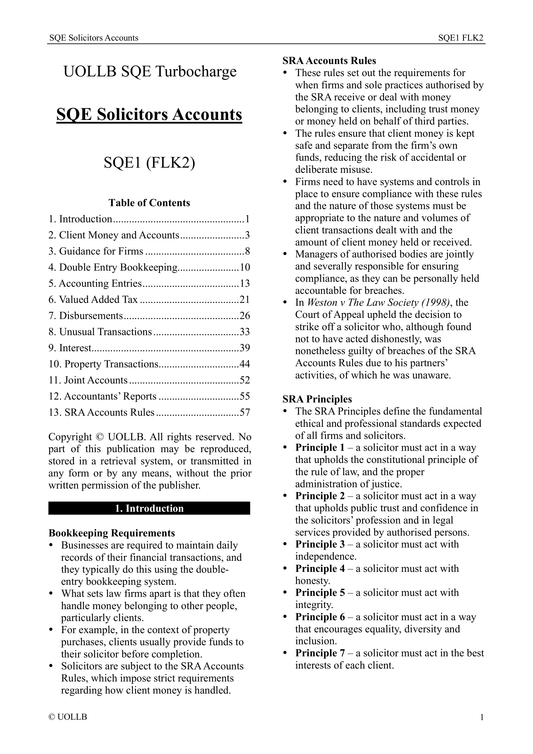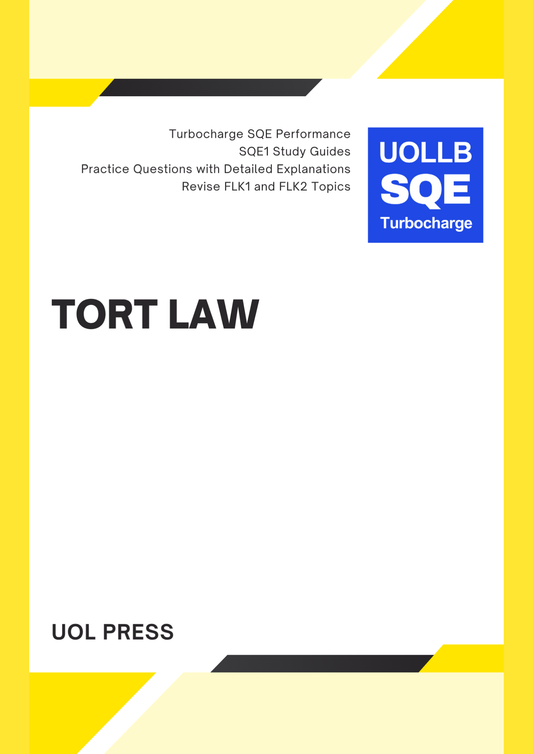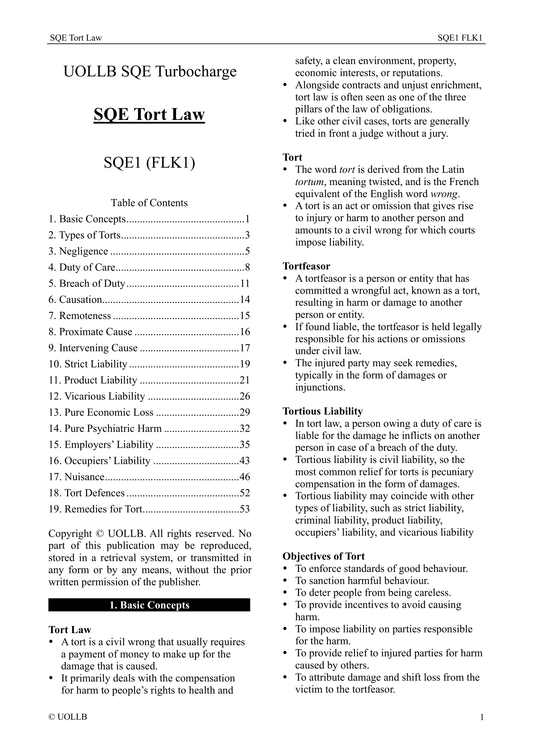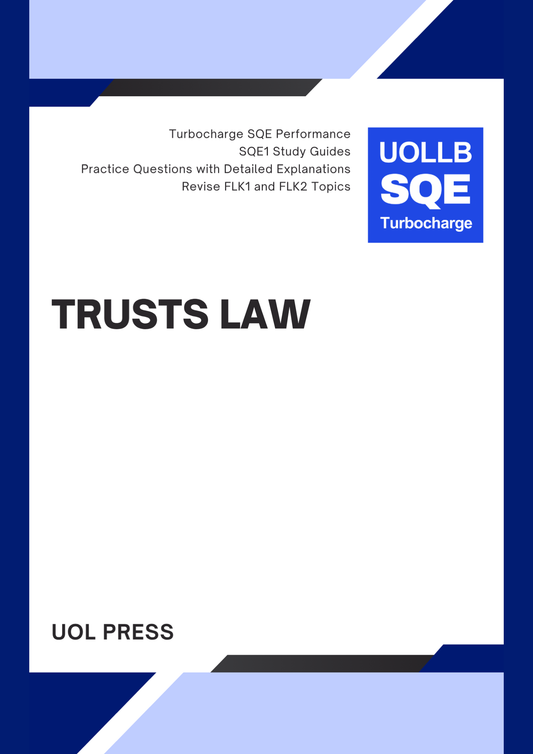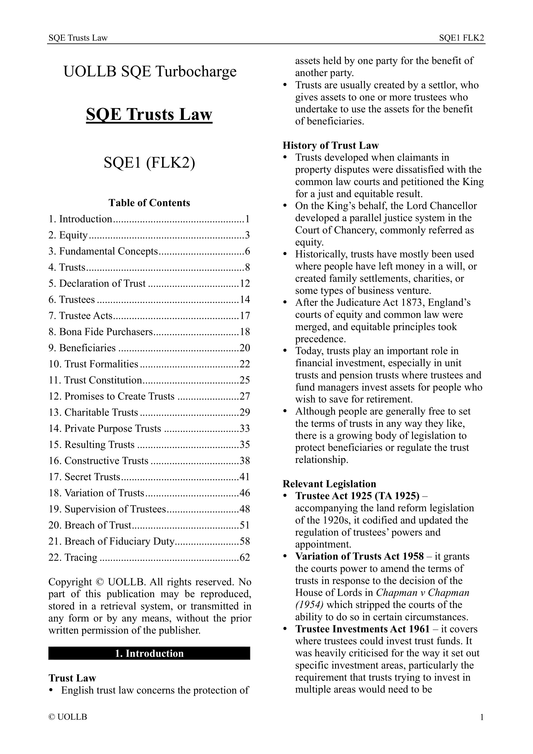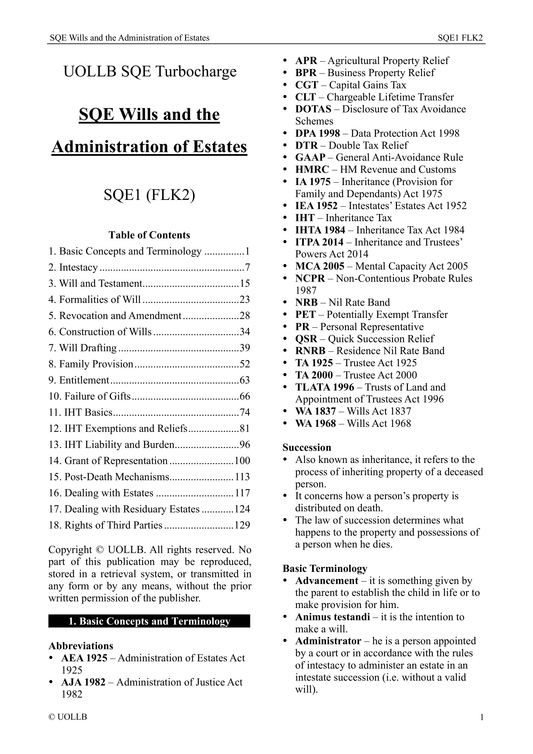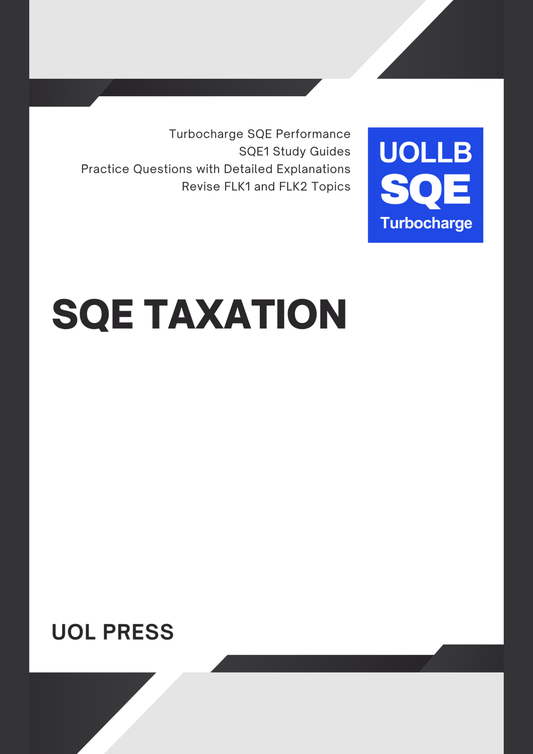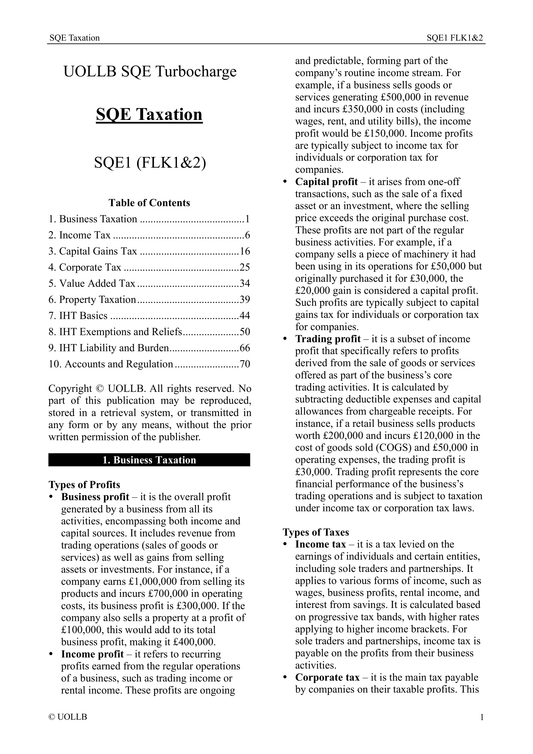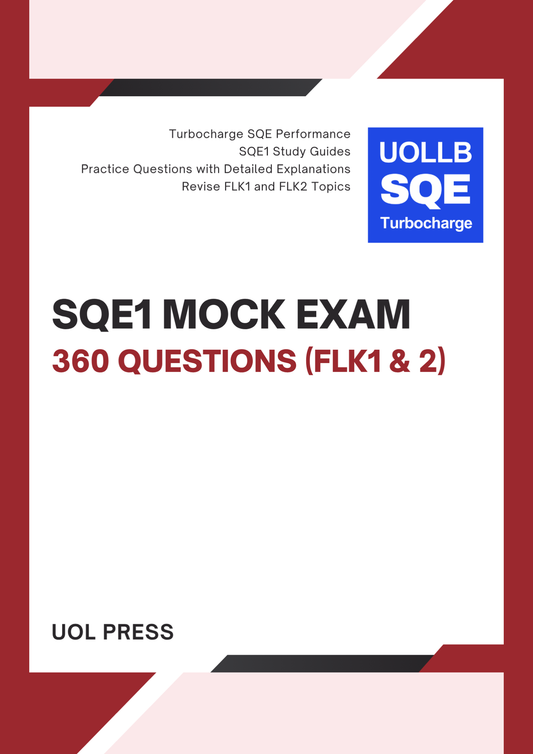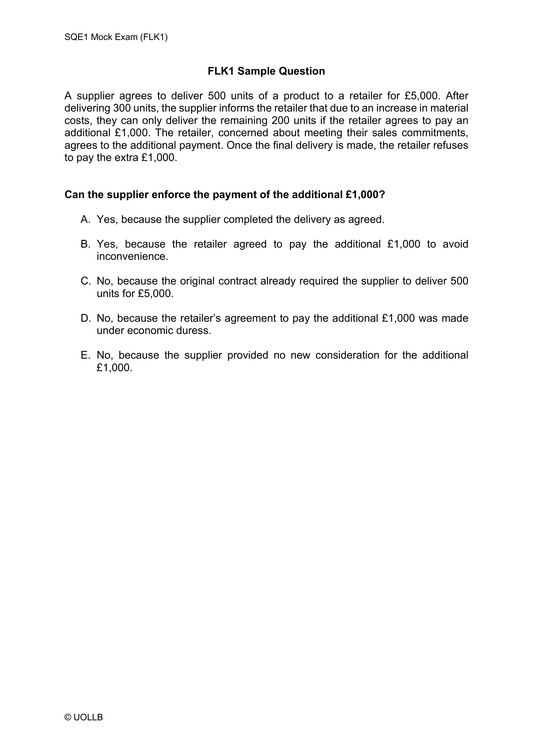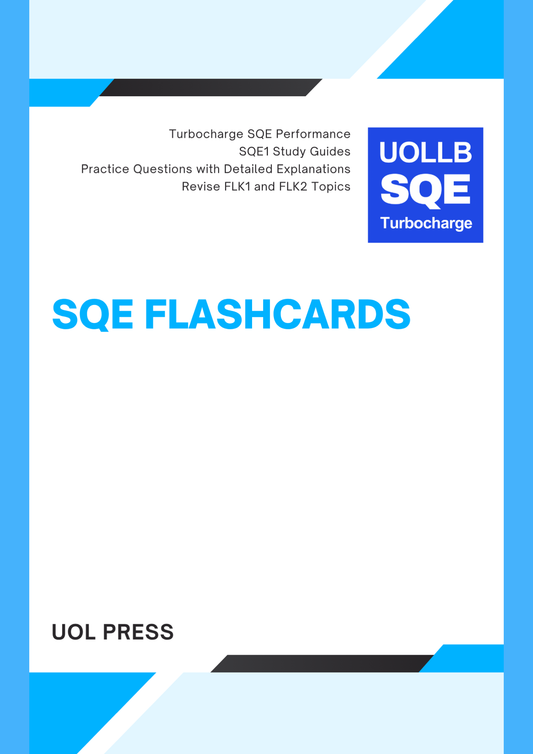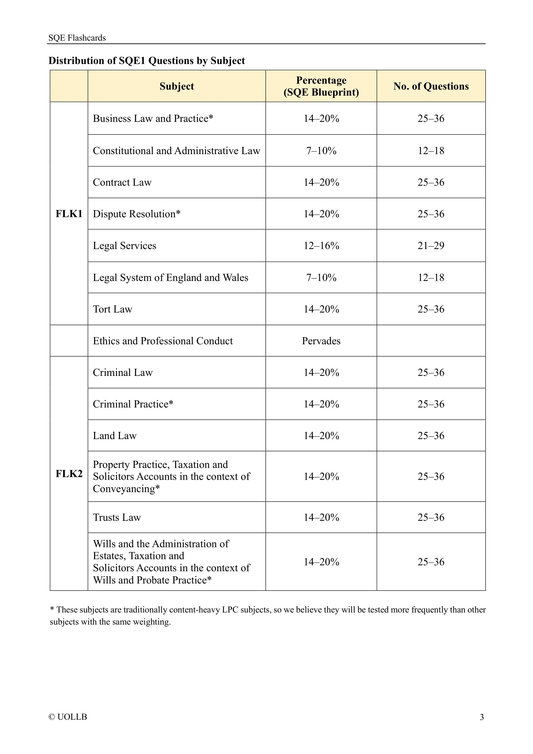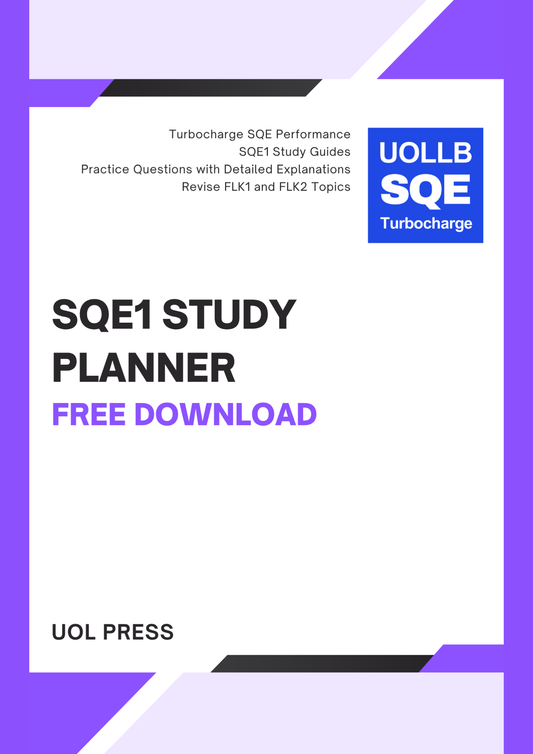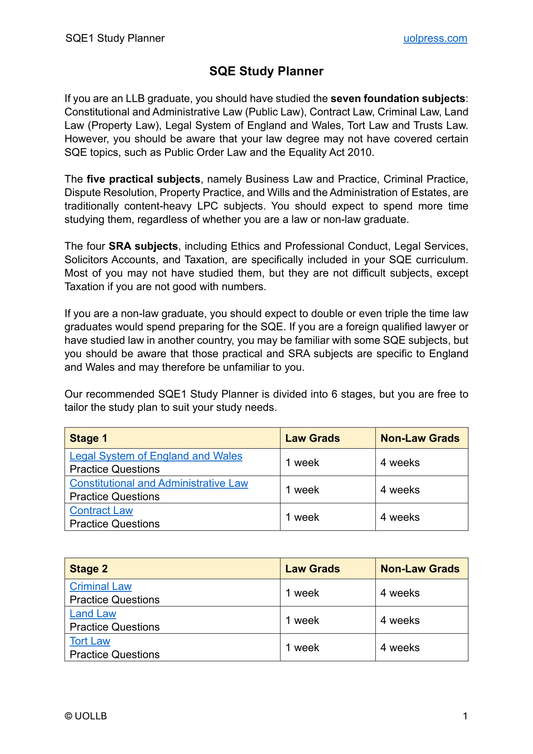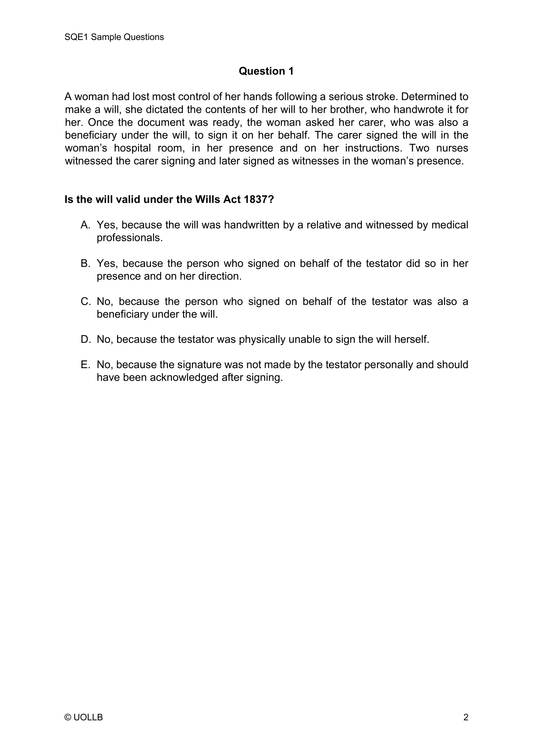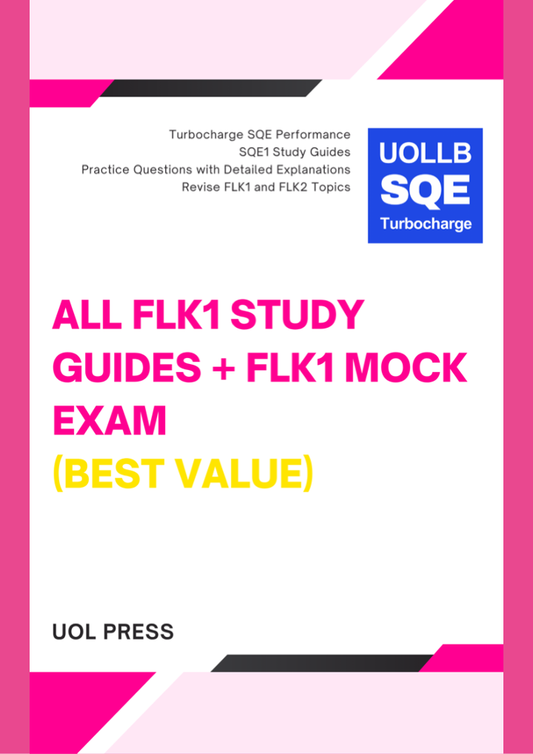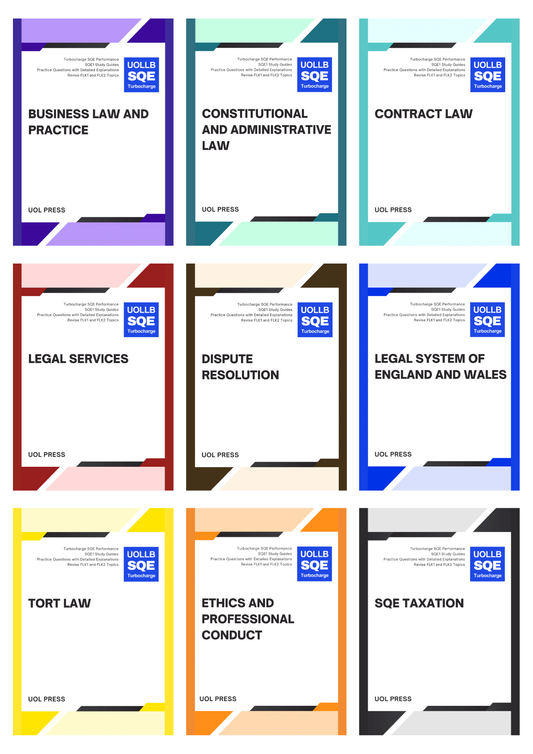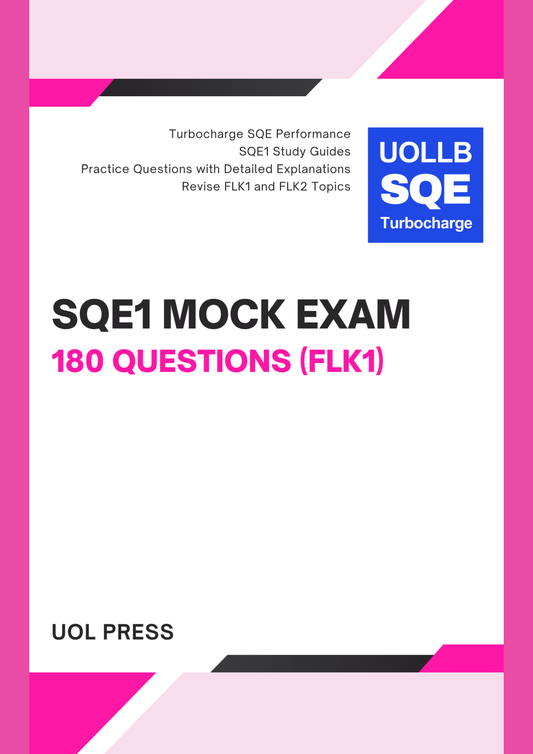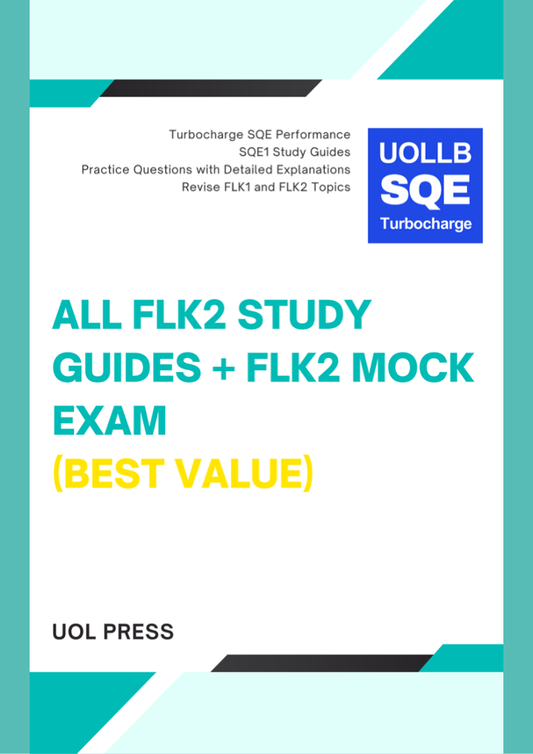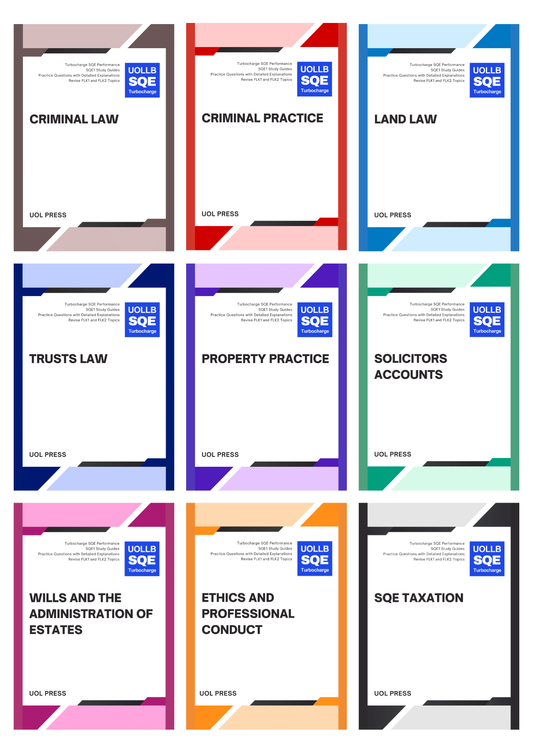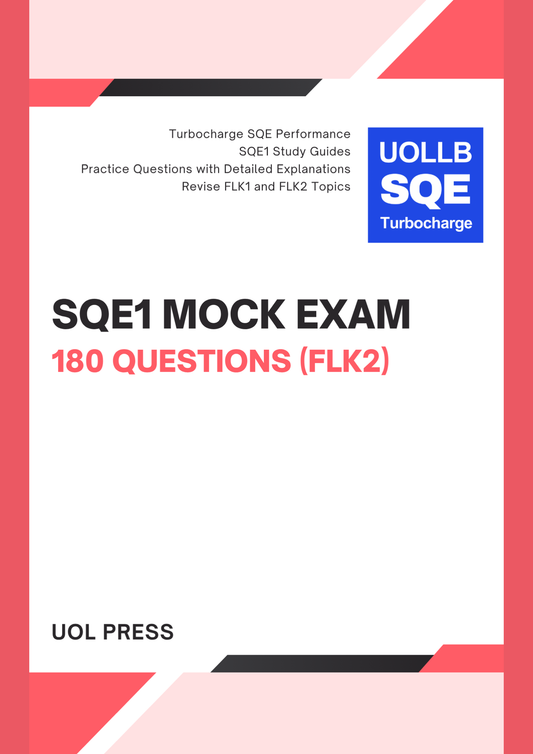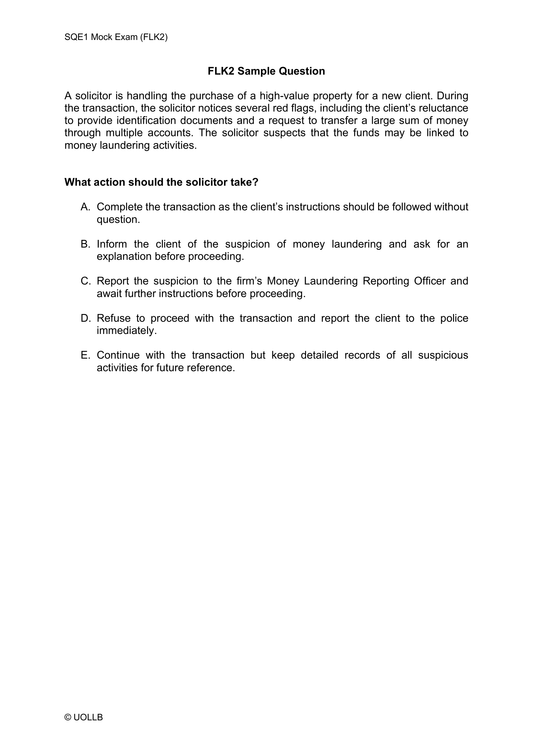SQE2 Written Assessment
Share
The SQE2 written assessment evaluates your ability to perform essential legal skills through four key tasks: Case and Matter Analysis, Legal Research, Legal Writing, and Legal Drafting. These assessments are conducted over three half-days, during which you complete a total of 12 written legal skills exercises. The written tasks are designed to assess your ability to apply legal principles, analyse complex scenarios, and communicate effectively in written formats commonly used in legal practice.
Day 1
The written tasks focus on two core practice areas: Dispute Resolution and Criminal Litigation. You undertake four assessments, two in the context of dispute resolution and two in criminal litigation. Each session includes Case and Matter Analysis, where you are required to review and analyse case files or client instructions, Legal Research, which involves identifying and applying relevant legal rules to address specific issues, Legal Writing, where you must prepare formal advice or correspondence, and Legal Drafting, which focuses on producing legal documents such as agreements, pleadings, or notices.
Day 2
The written tasks focus on Property Practice and Wills and Intestacy, Probate Administration and Practice. You again complete four tasks, two in the context of property practice and two in wills and probate. These assessments mirror the structure of Day 1 but address the unique legal and procedural requirements of property transactions, estate planning, and probate administration. For example, you may draft contracts or conveyancing documents for property practice and wills or probate forms for the administration of estates.
Day 3
The written tasks focus entirely on Business Organisations, Rules, and Procedures, requiring you to demonstrate competence in legal tasks related to business law. This includes analysing legal and procedural issues in the management, formation, or dissolution of business entities, conducting research on regulatory requirements, writing formal advice to business clients, and drafting key documents such as shareholder agreements or compliance reports.
The written assessments may be completed in a different order depending on scheduling. Each task is designed to reflect the practical work newly qualified solicitors are expected to perform. You must demonstrate not only technical legal knowledge but also strong communication and problem-solving skills.
Case and Matter Analysis requires you to review complex scenarios and prioritise legal and factual issues. Legal Research tests your ability to locate and apply appropriate laws and precedents to resolve client matters. Legal Writing focuses on producing clear, client-focused advice or formal correspondence, while Legal Drafting assesses the ability to produce precise and legally compliant documents.
Day 1
The written tasks focus on two core practice areas: Dispute Resolution and Criminal Litigation. You undertake four assessments, two in the context of dispute resolution and two in criminal litigation. Each session includes Case and Matter Analysis, where you are required to review and analyse case files or client instructions, Legal Research, which involves identifying and applying relevant legal rules to address specific issues, Legal Writing, where you must prepare formal advice or correspondence, and Legal Drafting, which focuses on producing legal documents such as agreements, pleadings, or notices.
Day 2
The written tasks focus on Property Practice and Wills and Intestacy, Probate Administration and Practice. You again complete four tasks, two in the context of property practice and two in wills and probate. These assessments mirror the structure of Day 1 but address the unique legal and procedural requirements of property transactions, estate planning, and probate administration. For example, you may draft contracts or conveyancing documents for property practice and wills or probate forms for the administration of estates.
Day 3
The written tasks focus entirely on Business Organisations, Rules, and Procedures, requiring you to demonstrate competence in legal tasks related to business law. This includes analysing legal and procedural issues in the management, formation, or dissolution of business entities, conducting research on regulatory requirements, writing formal advice to business clients, and drafting key documents such as shareholder agreements or compliance reports.
The written assessments may be completed in a different order depending on scheduling. Each task is designed to reflect the practical work newly qualified solicitors are expected to perform. You must demonstrate not only technical legal knowledge but also strong communication and problem-solving skills.
Case and Matter Analysis requires you to review complex scenarios and prioritise legal and factual issues. Legal Research tests your ability to locate and apply appropriate laws and precedents to resolve client matters. Legal Writing focuses on producing clear, client-focused advice or formal correspondence, while Legal Drafting assesses the ability to produce precise and legally compliant documents.

